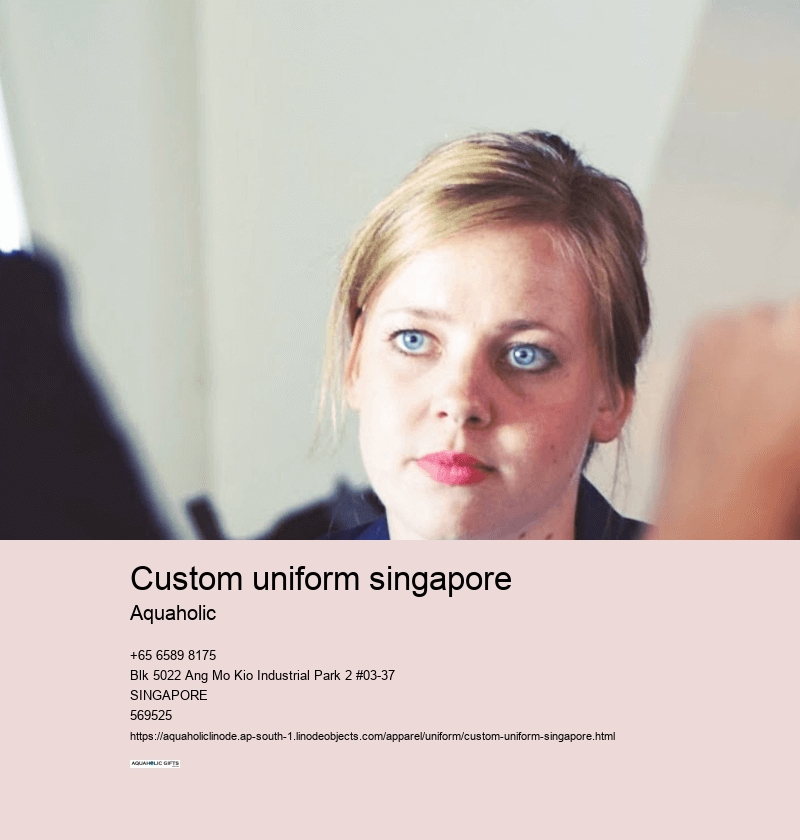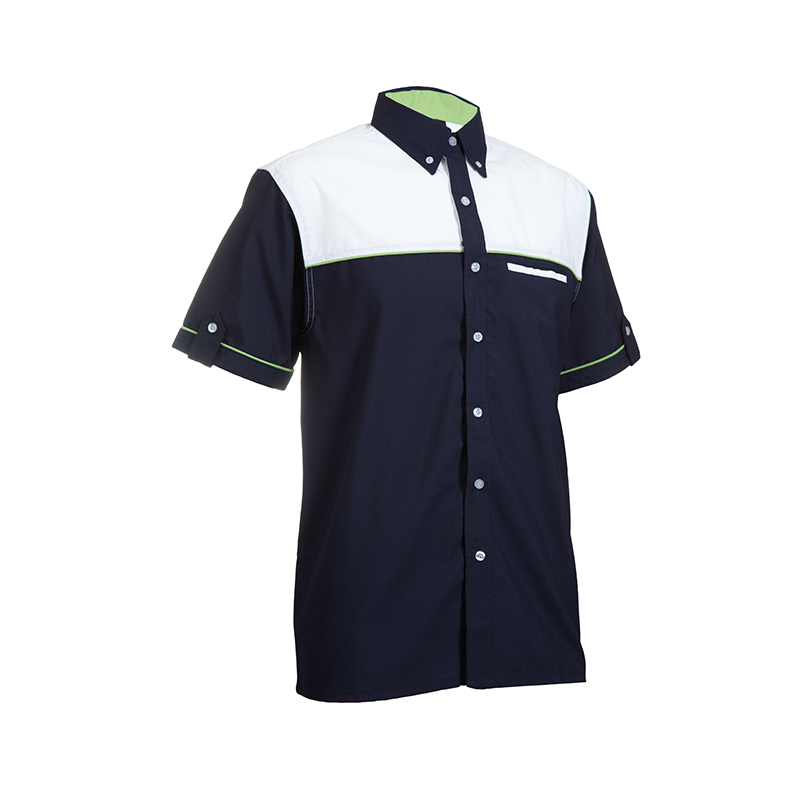custom uniform singapore
uniform suppliers
Its inherent insulating properties make it an ideal fabric for colder conditions. Wool is a great fabric for it! The place where the logo is anchored on the uniform plays a crucial part in attracting attention and imprinting the brand's image on the minds of viewers.
Shoes that are comfortable, well-fitted and fit well with the uniform are vital. Choosing the right combination is crucial.
It's just like choosing the direction of wind for smooth sailing. In an age where first impressions matter, uniforms play an important role in displaying the brand's image.
They must support your feet as a lot of people spend the majority of the day sitting or moving. The cut and the fit are not just about appearance but are crucial for the wearer's general comfort and work experience.



